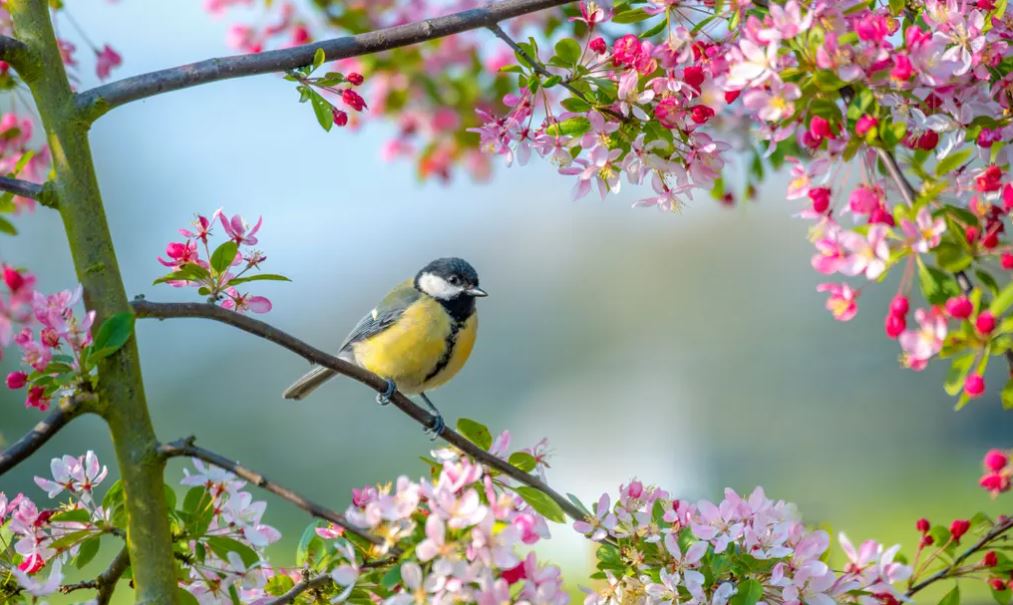At least, most of us. While poems are written about the nodding heads of daffodils, and Instagram stories are awash with swaying oceans of bluebells, most people seem rather less inclined to admit that – to paraphrase that famous Mitchell and Webb sketch – every park in England smells like semen. That walking your dog is, for a few weeks in May, the nasal equivalent of squelching through a bordello. It is quite an impressive act of dissociation to be standing beside, say, a hawthorn bush at the No 3 bus stop, as a sexually active adult, and not immediately turn to the person beside you to say, “Wow, this pavement really smells like fucking!” And yet we do. You might notice the odd quivering nostril, catch a conspiratorial smile, but you’re unlikely to meet a stranger who acknowledges that the air beyond their chin smells like nookie.
It isn’t necessary to study for a degree in botany to understand the reason for this aromatic assault. Just as birdsong is the auditory result of a few million horny creatures standing on a branch after a long and lonely winter, screeching “I neeeeeed to get laaaaiiiid”, so the sticky, tannic smells of May’s various blooms are the floral world’s attempt to attract pollinators. The country is ripening and plants have a small seasonal window in which to get fertilised, produce seeds and ensure their future survival. Like a hopeful 17-year-old slathering themselves in Lynx Africa in the hope that they’ll get served, and get lucky, they produce a chemical compound, or pheromone, that signals to the natural world that they are open for business. We, as members of the natural world, are attuned to this frequency, just as we are aware of the smell of rain (petrichor), the sound of rain or the heavy closeness of an approaching thunderstorm.
What I find most striking about this time of year isn’t just the presence of conjugal smells in totally unexpected places, but the variety. On a single run through, say, your local nature reserve or patch of woodland, you might snort up the ammonia tang of sweet chestnut, the glossy sweetness of gorse, the ferrous – almost menstrual – smell of nettles, the spicy sickliness of linden trees, the fishiness of hawthorn or the semen whiff of ornamental pear. It’s libidinous out there. Some of this is due to triethylamine – a natty little chemical released by hawthorn flowers that is also one of the first chemicals produced by a dead human body when it begins to decay. Sex and death, just hanging there in the air outside Lidl; no wonder studies have indicated that men produce more sperm in spring – we’re being aromatically ordered to get to it while we still can at every turn.
Britain may be considered a buttoned-up country, where we cast ne’er a clout (never take off our clothes) til May is out (the hawthorn is in bloom), but that’s not for want of trying on nature’s part. While the phrase “the sap is rising” might make me queasy, it’s hard to deny that, from the smallest mitochondria to the tallest tree, something’s thrusting up out there. As spring blooms, the subliminal signs are all around us, even if they’re tucked behind a bottle dump, masked by petrol fumes or crushed beneath asphalt.
Source: It smells like sex out there – and we seem determined to ignore it | Nell Frizzell | The Guardian













